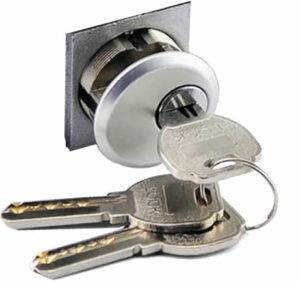Current waiting time... (Mins)
0
Operating in Slough SL1 3BW
Working in the vicinity of Herschel Grammar School
SL Locksmiths’ vans are stocked with a wide range of locks and spare parts, allowing us to handle any job, day or night. We’re available 24/7, ready to take your call. Every member of our team is highly experienced and thoroughly vetted, upholding the trusted reputation of the LS Locksmith name.
- Insurance Required BS3621 Locks,
- Commercial Locksmith,
- Number & Code Locks,
LS Locksmith Services with 13 years of experience operating in the SL postcode area provides safe and speedy locksmith services to the community. All of our work is fully guaranteed and we aim to secure your home with minimum fuss.

SL Locksmith Services
Slough SL1
Around the clock, fully stocked, and always reliable, that's the LS Locksmith promise.




